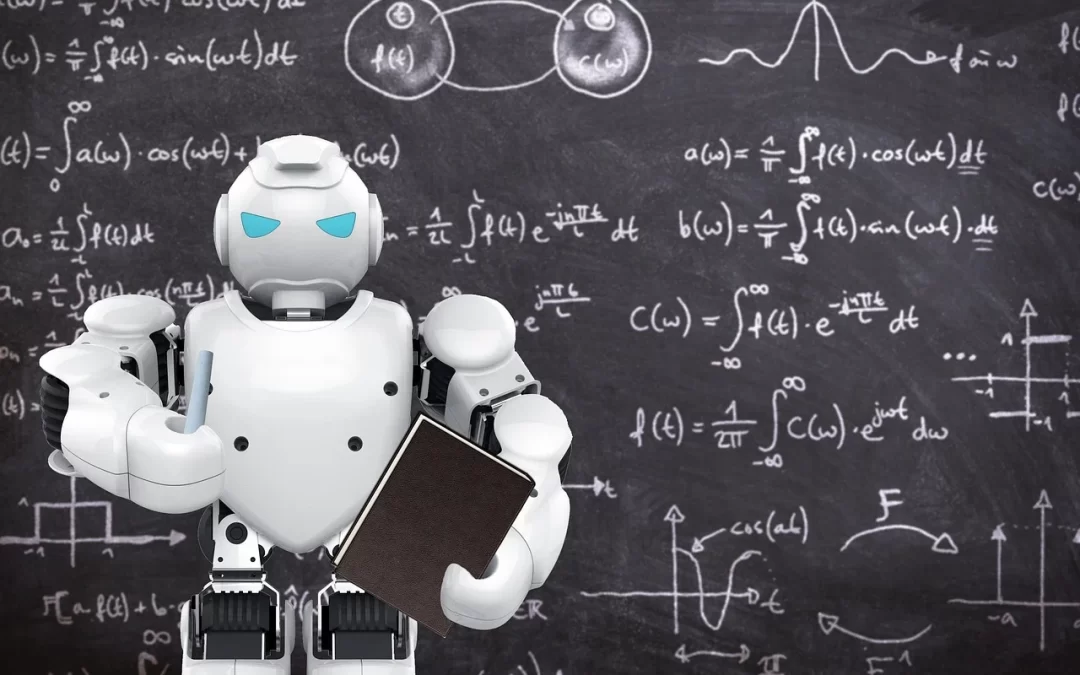Like the Internet, its importance to humanity was initially downplayed; AI will eventually creep into everything we do, including teaching and learning. In education, we already see application of AI tools like ChatGPT to assist with lesson planning, or illustrate complex ideas. These tools can personalize students’ learning experiences based on their current knowledge and skill levels. Like it or not, AI is here to stay, and it will continue becoming a bigger part of our lives in and outside of school. So, what are the best use cases for AI? We can’t ignore its popularity, but we risk it taking over us when we don’t exercise our own capabilities enough. We still need to be able to write, or draw, or think for ourselves.
Admitting we may have to coexist, the future of education may involve teachers and AI working together. It could make educators’ jobs easier, improving their ability to instruct and accommodate their students’ widely varying needs. Although AI is impersonal and unemotional (aside from programmed human-imitation), which can be off-putting, it can pivot quickly. In situations where its suggestions or performance aren’t satisfactory, AI lacks the baggage of personal feelings. Human teachers, however, can be distracted from their tasks by feeling overwhelmed emotionally or fatigued. Callous as it may sound, the unfeeling nature of our robot creations could prove to be their greatest strength. As long as a computer has an energy source, it can chug onwards.
Even if AI can generate sentences that seem sentimental, sentiment will never interfere with its ability to perform.

Perhaps we can think of AI in the classroom as an organizational assistant; often, teachers are overloaded with their duties and struggle to balance the needs of all their students. AI can jump in when humans are exhausted, dedicating time in lessons for different students’ capabilities.
AI could be a helpful structural resource, giving teachers insights into how to best provide for particular students, even track their progress, without more work for the teacher.
Generative AI can make work for students based on their specific strengths and weaknesses, or check multiple choice answers so teachers can attend to other important things. A future for AI in education might let machine learning take care of tasks that are tedious and not particularly ‘creative,’ providing teachers with more time and energy to inspire and invigorate students.
It is important to actively maintain balance and let our human teachers remain driving forces in education–let human learning still beget human learning. The human touch is still a necessary aspect of learning, but technological advancements may significantly ease the burden on educators; giving teachers breathing room and lessening the feeling that they are solely responsible for their students’ success could massively benefit our classrooms. AI is not without its uses to us, but we should be cautious of reliance–it can extend our reach, but we should still be reaching.
Together, hopefully, we can reach the stars.



Very good https://is.gd/tpjNyL
Very good https://is.gd/tpjNyL